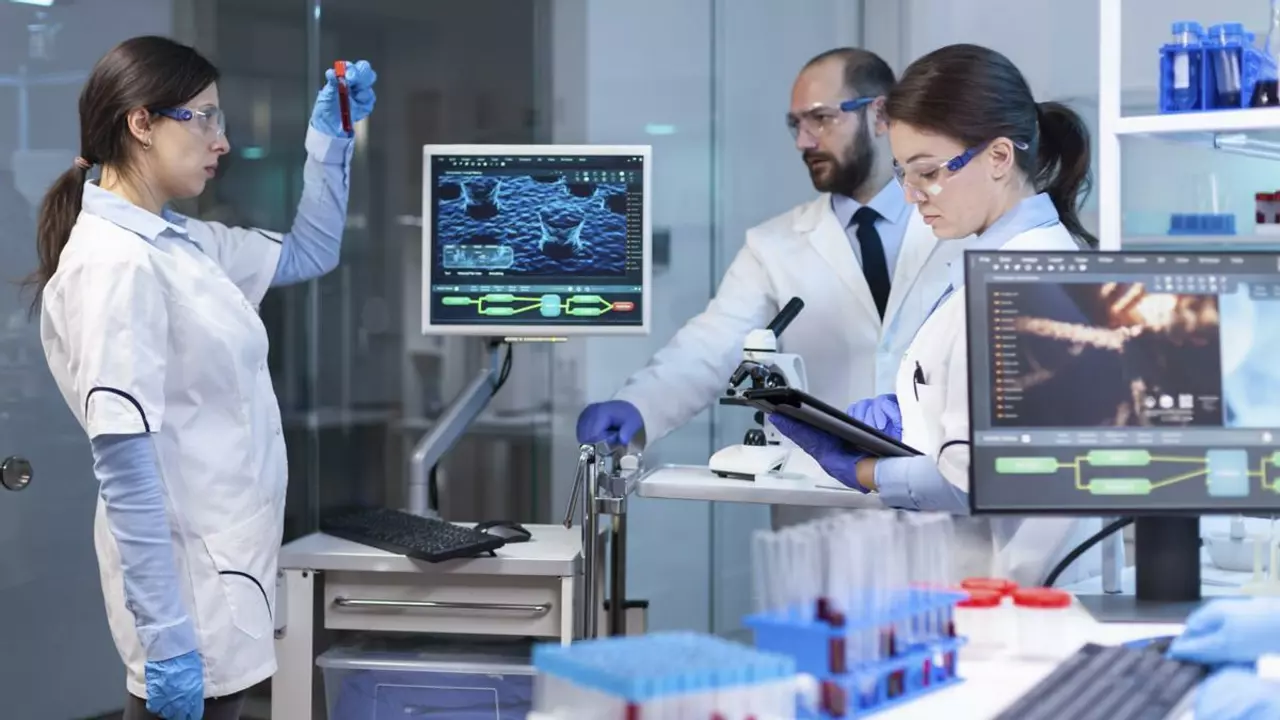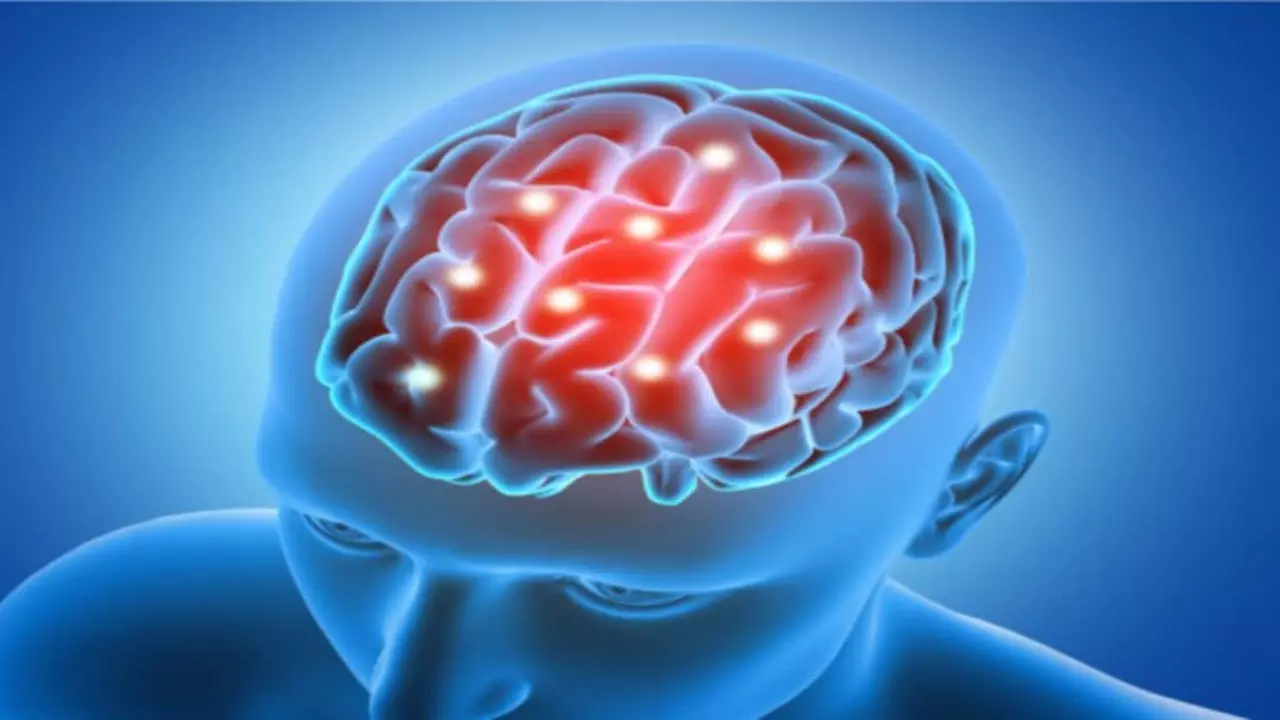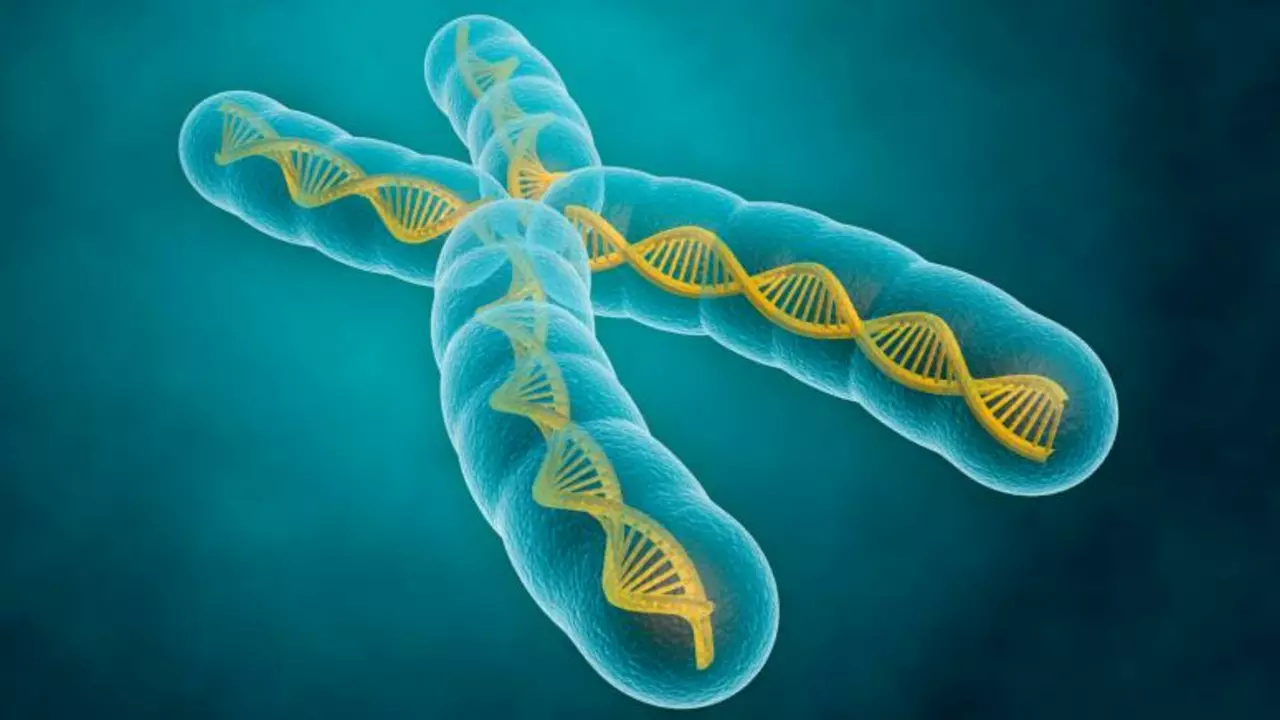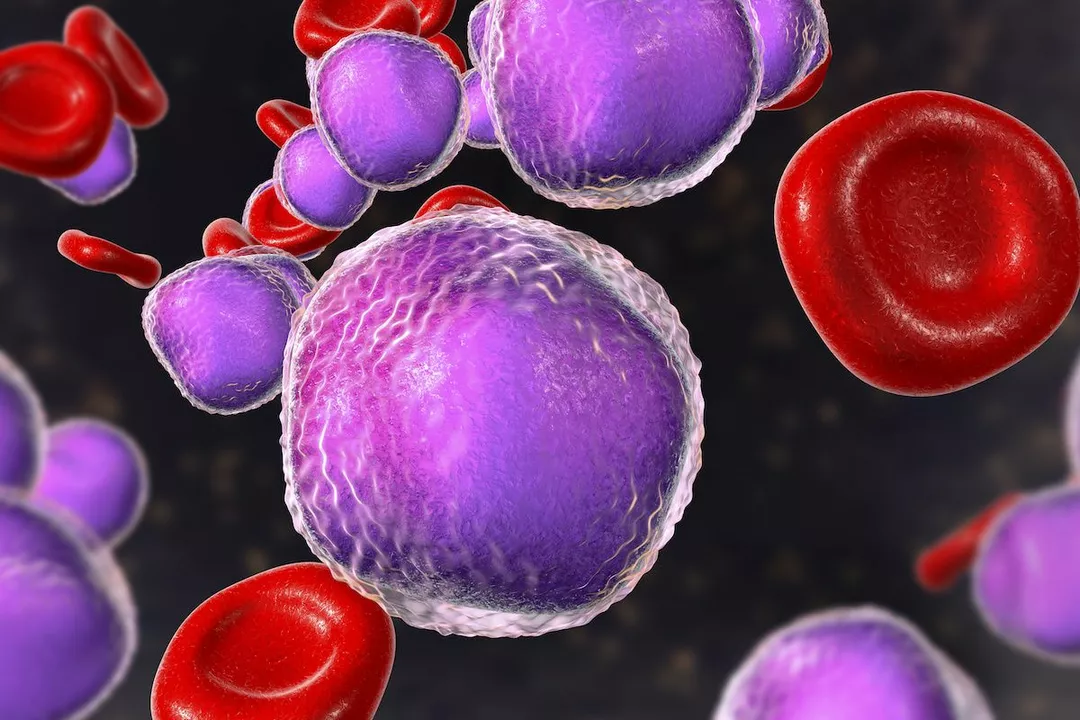Health Research: Fresh Findings on Drugs, Genes, and Treatments
Welcome to the Health Research hub at UpScript. Here you’ll find short, plain‑talk pieces that cut through the jargon and tell you what’s really happening in medicine today. Whether you’re curious about a new allergy pill, wonder why some people get sudden muscle jerks, or want to know how your genes shape skin tone, we’ve got it covered.
New Drug Developments
One of the hottest topics right now is bilastine. It started out as a simple antihistamine for seasonal allergies, but researchers are peeking at other uses. Early trials suggest it might help with skin itching linked to chronic conditions and even some inflammatory disorders. The data are still early, yet the buzz hints that bilastine could become a more versatile tool in the pharmacy shelf.
Another breakthrough you’ll hear about is immunotherapy for chromosome‑positive lymphoblastic leukemia. Traditional chemo works, but it can be harsh. Immunotherapy trains the body’s own immune cells to hunt down the cancer cells carrying the Philadelphia chromosome. Patients are seeing deeper remissions and fewer side effects, which makes this approach a real game changer for a disease that used to have limited options.
Genetics and Advanced Therapies
If you’ve ever wondered why some families struggle with chloasma—a stubborn dark patch on the face—you’re not alone. Recent genetic studies show a clear link between specific skin‑pigment genes and the condition, especially in women. Knowing your family history can help you act early: wear sunscreen, avoid hormone spikes when possible, and talk to a dermatologist about tailored prevention.
On the neurological side, myoclonic seizures get a lot of attention because they can appear out of nowhere. The root cause is an abnormal electrical burst in the brain’s cortex, often tied to genetics, metabolic hiccups, or past head injuries. Modern EEG monitoring helps pinpoint the exact spot, and treatment now combines anti‑seizure meds with diet tweaks like ketogenic plans. Some patients even see seizure reduction after a simple change in their daily routine.
All these stories share a common thread: science is moving fast, and the information lands right at your fingertips. We aim to break each study down into bite‑size facts you can use today, whether that means asking your doctor about a new medication or tweaking your lifestyle based on genetic risk.
Stay tuned as we add more posts, keep an eye on emerging research, and translate complex data into everyday advice. Health research doesn’t have to be boring or confusing—let’s make it useful together.

The Future of Bilastine: New Developments and Research Findings
Bilastine, a popular antihistamine, is seeing some exciting updates. Recent research and development efforts are opening up new horizons for its use. It's not just for allergies anymore - studies are revealing its potential in treating other conditions too. But it's still early days, and a lot of these findings are in the preliminary stages. Nonetheless, the future of Bilastine looks promising, and I can't wait to share more as the science unfolds.
Detail
The Science Behind Myoclonic Seizures: A Closer Look
In my latest blog post, I took a closer look at the science behind myoclonic seizures, which are sudden involuntary muscle jerks or contractions. The primary cause of these seizures is an abnormal electrical discharge within the brain, specifically in the cerebral cortex. I also discussed how genetic factors, metabolic disorders, and brain injuries can contribute to the development of myoclonic seizures. Additionally, I touched upon the various treatment options available, including medications, dietary therapies, and in some cases, surgery. It's crucial to understand the science behind this condition to better manage and treat it.
Detail
The Role of Genetics in Chloasma: Are You at Risk?
As a blogger, I've recently been researching the role of genetics in chloasma, a skin condition that causes dark, discolored patches on the face. It turns out that our genes do play a significant role in determining our risk for developing this condition. Studies have shown a strong link between family history and an increased likelihood of chloasma, especially among women. While factors like sun exposure and hormonal changes can also contribute, understanding our genetic predisposition can help us take preventive measures. So, if chloasma runs in your family, it might be a good idea to take extra care of your skin and consult a dermatologist for personalized advice.
Detail
The Role of Immunotherapy in Treating Chromosome-Positive Lymphoblastic Leukemia
As a blogger, I recently came across an interesting topic about the role of immunotherapy in treating chromosome-positive lymphoblastic leukemia. Immunotherapy has shown great promise in targeting and eliminating cancer cells, specifically in cases where conventional treatments may not be as effective. In chromosome-positive lymphoblastic leukemia, the presence of the abnormal Philadelphia chromosome makes the disease more aggressive and harder to treat. Immunotherapy works by harnessing our immune system's natural ability to detect and fight off the cancer cells, making it a promising alternative treatment option. In conclusion, immunotherapy offers hope for patients with chromosome-positive lymphoblastic leukemia, providing a targeted and potentially more effective approach to treatment.
Detail




